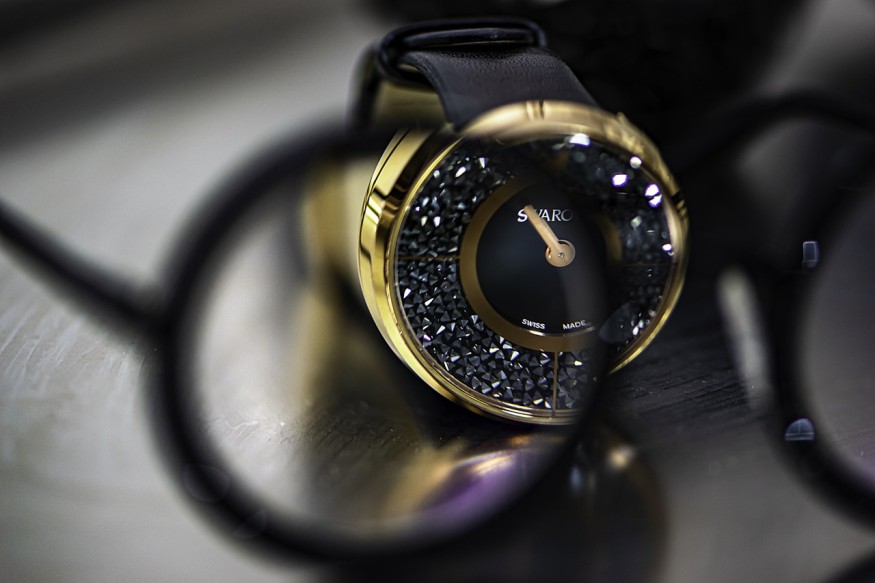This bizarre new state of matter known as time crystals was a product of counterintuitive mind-melding physics that scientists believe could have practical applications to the world, according to an article on the website of the American Committee for the Weizmann Institute of Science. It was first proposed as hypothetical structures by theoretical physicist Frank Wilczek, a Nobel Peace Prize winner, and his colleagues in 2012.
They proposed that time crystals can move even without using energy, which appears to break the fundamental laws of time-translation symmetry. Wilczek's mathematical model showed that atoms of crystalizing matter could regularly form repeating lattices without spending or producing energy.
After almost a decade since its discovery, scientists have since experimentally created this new state of matter, but it was only recently with Google's quantum computer that it became possible.

Time Crystals Suspends Laws of Thermodynamics Indefinitely
According to Live Science, previous studies show that time crystals cannot exist in thermal equilibrium, a fundamental principle of the laws of thermodynamics, wherein two objects in contact will end up having the same temperature at a steady state. Follow-up studies then found that time crystals could exist in dynamic states when systems are changing rapidly and are not yet in thermal equilibrium.
Two 2017 studies published in the journal Nature showed that time crystals could exist in different systems. Soonwon Choi, a theoretical physics graduate student at Harvard University at the time of the study, and colleagues used a diamond filled with 1 million nitrogen-vacancy color centers, spots where nitrogen replaced carbon atoms.
Due to a smaller size, the replacement of nitrogen created space in the lattice where both of them could act together as if spinning tiny particles. The team periodically pulsed these nitrogen vacancies, causing them to oscillate at half the rate of the radiation being aimed at them.
The second experiment was conducted by researchers at the University of Maryland, wherein they trapped 14 ions of ytterbium using laser beams and then manipulated the rate at which they are spinning. Once again, they observed that the material acted like time crystals, oscillating at half the driving frequency. More so, they noticed that the material did not heat up even during the experiment, which proves that the laws of thermodynamics were not in play.
Researchers said that an exciting finding of the study is that a time crystal has the potential to suspend the laws of physics indefinitely. They compared it to a cup of coffee that never reaches room temperature as energy stays in place and the system does not reach thermal equilibrium.
The team noted that time crystals do not break the laws of physics but that they could suspend them indefinitely. They emphasized that the laws of thermodynamics only explain the long-term behavior and not the short-term behavior before the material reaches thermal equilibrium. By keeping it in a dynamic state, the laws of thermodynamics would not apply.
Read also: 'Time Crystals' May Be The Breakthrough Of The Millennium: Scientists Create New Form Of Matter
Time Crystals May Be Used to Power Superconductors
According to the American Committee for the Weizmann Institute of Science, researchers from Caltech and the Weizmann Institute found that theoretically, time crystals can power topological superconductors.
They explained that they found an interesting interaction between one-dimensional time crystals and topological superconductors, where the breaking of time-translation symmetry intertwined with topological physics and resulted in an anomalous Majorana fermion that is impossible in free-fermion systems.
"Then we realized that by turning those magnetic degrees of freedom into a time crystal, topological superconductivity responds in remarkable ways," shared study author Jason Alicea, referring to enhancing topological superconductors by coupling them with controllable magnetic degrees of freedom.
RELATED ARTICLE: Google's Quantum Computer Builds First-Ever Time Crystal: Are They Now Closer to Building a Time Machine?
Check out more news and information on Quantum Computing in Science Times.
© 2025 ScienceTimes.com All rights reserved. Do not reproduce without permission. The window to the world of Science Times.











